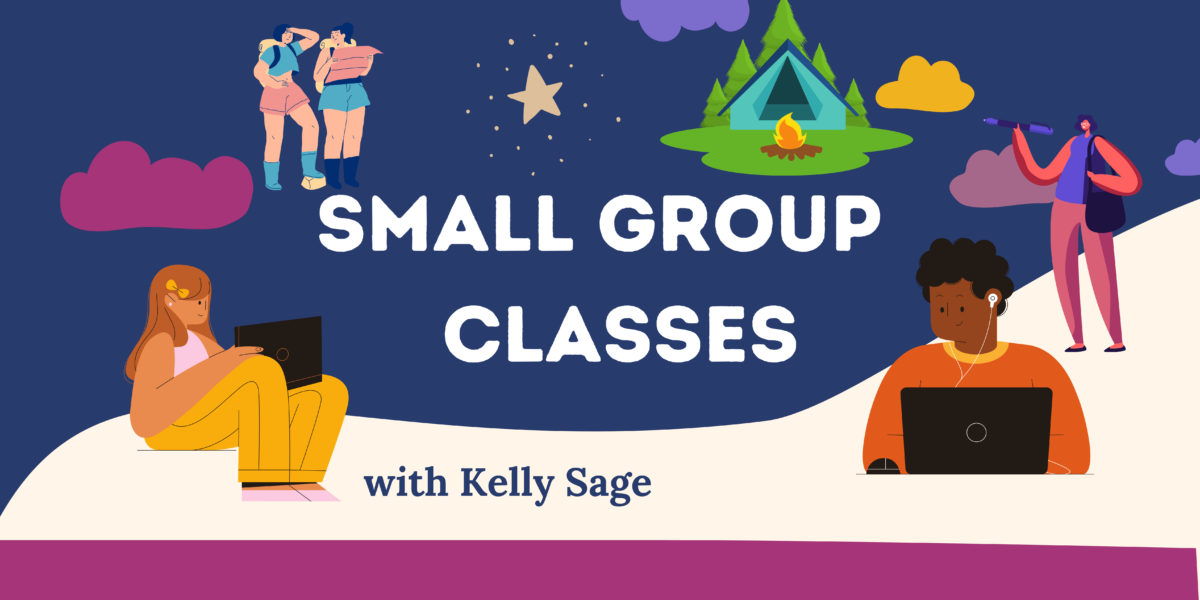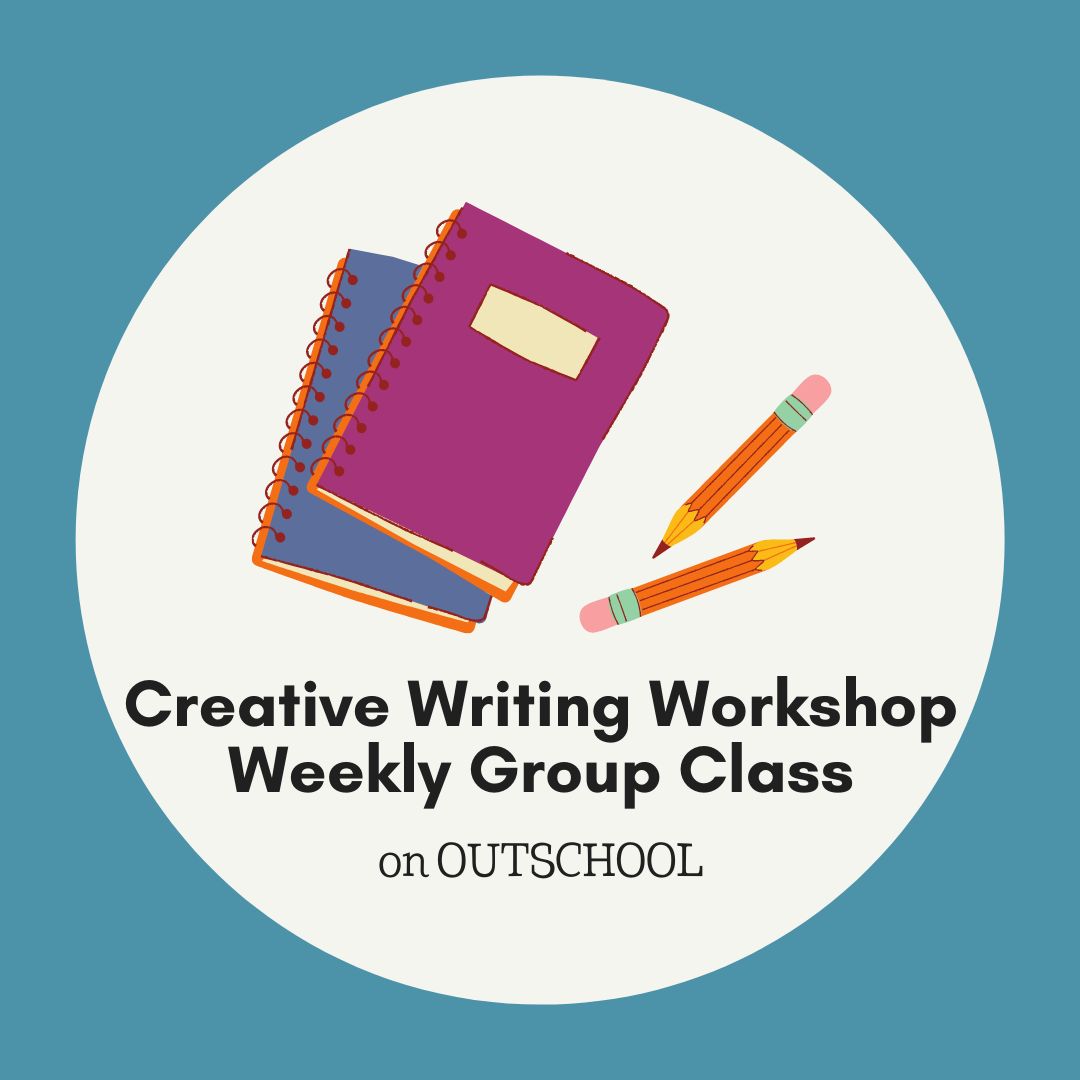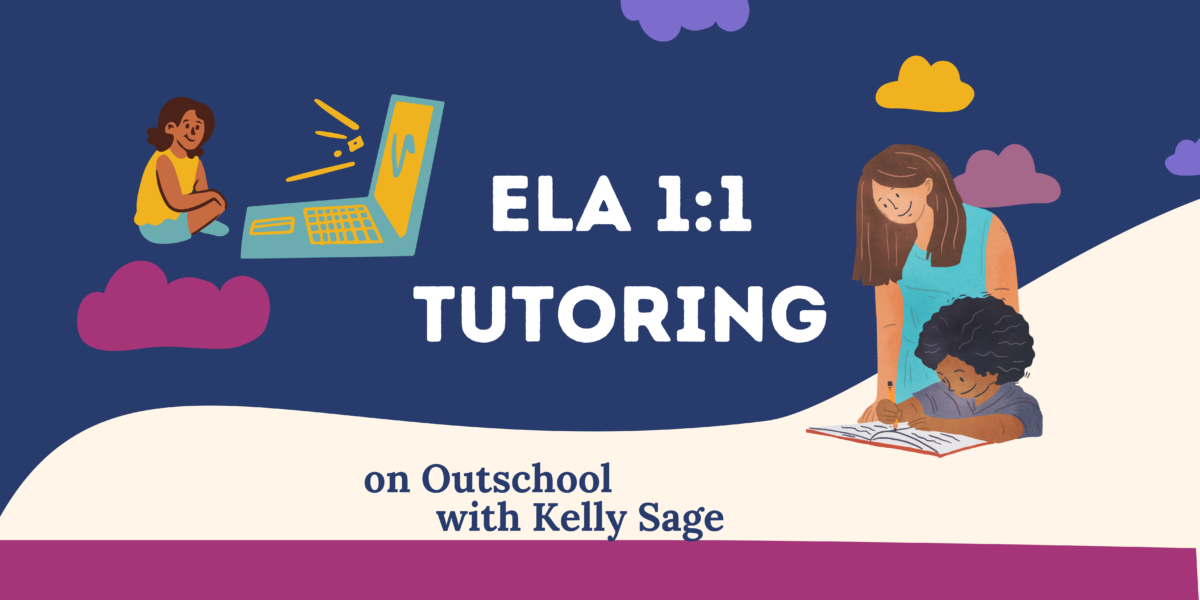Disclosure- Links in this post may be affiliate links. If you click through and make a purchase, I earn a commission at no additional cost to you. Unless noted, if I am reviewing a product, I have been compensated for my time. I write honest reviews. They are not required to be positive. I only recommend the resources we love and use.

“Your “frog” is your biggest, most important task, the one you are most likely to procrastinate on if you don’t do something about it. It is also the one task that can have the greatest positive impact on your life and results at that moment.” (Eat That Frog! For Students).
My son has an art project from last semester he needs to restart. My daughter begins each day telling me she is going to clean her room. My husband has had a quick phone call to make since Monday. My planner’s pages are covered with arrows, each point from one task I planned to do, to a later date on the calendar. We are a family of procrastinators. It’s true, and I don’t think we’re alone.
The funny thing is the tasks we put off are never as big or bad as we’ve made them out to be. Sometimes, dare I say, they’re even fun once we get started, and the relief we feel is so good, we always wonder why we didn’t begin sooner.
Brian Tracy with Anna Leinberger, in their book, Eat That Frog! For Students. 22 Ways to Stop Procrastinating and Excel in School, remind readers there will never be enough time to get everything done. This fact, whether we want to hear it or not, is why time management is an important skill to embrace and learn. In order to be successful, we have to put certain tasks first, and identifying our most important task is vital.
Stop Procrastinating
There are so many takeaways from Eat That Frog! For Students but here are a few of my favorites.

How to Learn
“A major reason for procrastination is a feeling of inadequacy, a lack of confidence, or an inability in a key area of the task,” (101)
Eat That Frog! For Students offers ways to address and build confidence, study, and use what you already know. It also gives a number of resources to help students become lifelong learners.

Find Motivation
“Dwelling on how unpleasant you find requirements to be will only make them harder to complete. Instead, you must discipline yourself to focus on the positive things that completing these requirements will bring to your life,” (82).
I’m not interested. When will I ever use this? The subject is boring. The teacher is boring… how many of us and our kids use excuses like this to put off what we need to do.
I appreciate the call for a mindset shift throughout Eat That Frog! For Students. It’s true. The more excuses we make the more we procrastinate and make things worse for ourselves.

Goal Setting
“Nothing will propel you toward success faster than the practice of having clear, written goals,” (25).
I love that Eat That Frog! For Students offers advice for setting responsible goals, making your goals positive, present, and personal, and setting timeframes to reach them.

Responsibility
“There is a direct relationship between the amount of responsibility you accept and the amount of control you have over your life,” (23).
What it means to be successful looks different to each of us. Our dreams come in many shapes and sizes. Regardless, they are important, and it’s up to each of us to make sure we are working to achieve the things we need and want.
To be perfectly honest, I wanted to read this book for myself as much as for my children. I prefer the teen versions of self-help books. They get right to the point. Eat That Frog! For Students didn’t disappoint. Filled with practical steps and really good advice, I’ll share the ideas in this book for my family often. When my children are a little older, I’ll definitely pass it on for them to read.
If your student or your family (like mine) could use some time management tips and encouragement, you need to read Eat That Frog! For Students! It’s a book that as a parent, teacher, and procrastinator, I’m grateful to have on our bookshelf, and I am truly finding to be helpful.
























